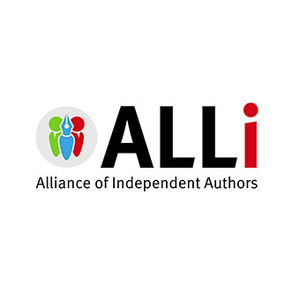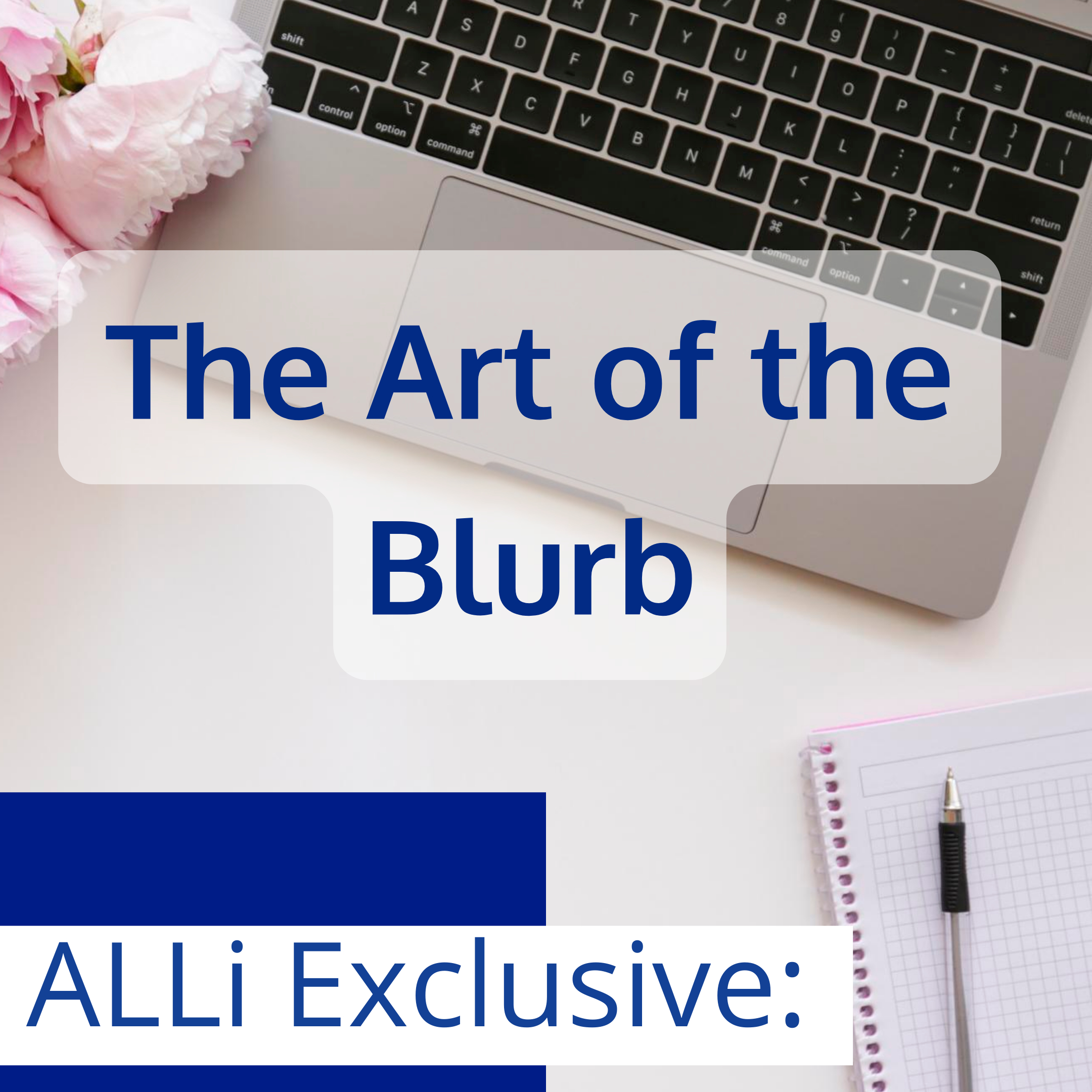Writing a compelling book sales description—also known as a blurb—is a critical skill for any author, and one that taps into a different set of writing skills than those used to create the book itself. A well-crafted blurb can significantly impact a book’s sales since it, along with the title and the cover, is one of the first elements potential readers will encounter.
For Beginning Authors
Focus on the Main Conflict or Theme
It’s essential to understand that a book blurb is not a summary but a marketing tool. The primary goal is to intrigue potential readers and compel them to purchase your book.
Identify the main conflict or central theme of your book. For fiction, this might involve the protagonist’s primary struggle or the overarching mystery. Avoid detailing every character or subplot; instead, concentrate on what makes your book unique. For nonfiction, emphasize the problem your book addresses and the solution it provides. Consider using bullet points to outline the key benefits or features of your book. This format can make it easier for readers to grasp what they will gain from reading your book.
Make sure the blurb is clear, concise, and directly addresses the reader’s interests or needs.
Keep It Concise
Begin with a short, compelling hook. If you had only ten seconds to pitch your book, what would you say? This “elevator pitch” helps you distill your book’s essence into a few captivating sentences. Aim for clarity and brevity, ensuring that every word counts; according to Ben Cameron of Cameron Marketing and Publicity, blurbs can be “the most important 100 words you’ll ever write.”
Use Engaging Language
Use vivid and emotive language to evoke curiosity and excitement. Read the blurbs of popular books in your genre to gain inspiration and to educate yourself about what works well. The goal is to create an emotional connection that makes readers eager to delve into your story.
For Emerging Authors
Highlight Unique Selling Points
As an emerging author, you already have a book or two under your belt. Leverage this experience by highlighting what sets your book apart. Mention awards, notable reviews, or previous successes to build credibility. If you have a specific niche or unique perspective, mention this in your blurb.
Provide Social Proof
Incorporate quotes from well-known reviewers, other authors, or industry professionals. Ensure these endorsements are relevant and come from respected sources. Avoid generic praise; instead, choose quotes that specifically highlight the strengths of your book. And of course, never pull content from a review in a way that doesn’t reflect the reviewer’s intent; no reviewer will appreciate you excerpting their quote “This is a great big mess of a book” as “This is a great … book.”
For Experienced Authors
Continue Refining
It’s crucial to periodically revisit your blurbs. Market trends and reader preferences can change, so updating your blurb to reflect current tastes can keep your books competitive. Making even incremental refinements to your blurb can result in increased positive attention from potential readers.
Experienced authors can benefit from applying more sophisticated marketing techniques in their blurbs. Understand the psychology of persuasion to craft a blurb that not only informs but also convinces readers to buy. This might involve creating a sense of urgency, tapping into readers’ emotions, or posing thought-provoking questions.
Experiment with Different Formats
You might start with a provocative question or a dramatic statement that captures the essence of your book. Another approach could be to focus on the book’s atmosphere or the unique voice of the narrator. Tailor your format to best suit the genre and tone of your book.
Leverage Your Author Brand
As an established author, you have a brand that readers recognize. Use this to your advantage by ensuring your blurb reflects both your unique voice and style and provides consistency across your books.
General Tips for All Authors
Proofread Meticulously
Regardless of your experience level, always proofread your blurb multiple times. Typos and grammatical errors undermine your professionalism and deter potential readers. Engage a fellow writer to read it with a fresh pair of eyes; it’s a request that’s easy for others to accommodate because blurbs are so short.
Seek Feedback
Readers in your genre can provide vital input to help you fine-tune your message, perhaps identifying aspects of your blurb that can be emphasized or deemphasized to maximize its appeal to your target audience. Solicit input from your followers on social media or via your newsletter.
Test and Iterate
Test different versions of your blurb—different hooks, descriptions, and formats—to see which one performs best. Pay attention to reader feedback and sales data to determine what resonates most with your audience.
Writing an effective book blurb is a skill that evolves with practice and experience. By continuously refining your approach, you can create compelling blurbs that attract readers and boost your book sales.
For more information, check out these two articles in ALLi’s library of resources:
- https://selfpublishingadvice.org/book-blurbs-2
- https://selfpublishingadvice.org/a-new-book-blurb-could-revolutionize-your-sales
Matty Dalrymple


